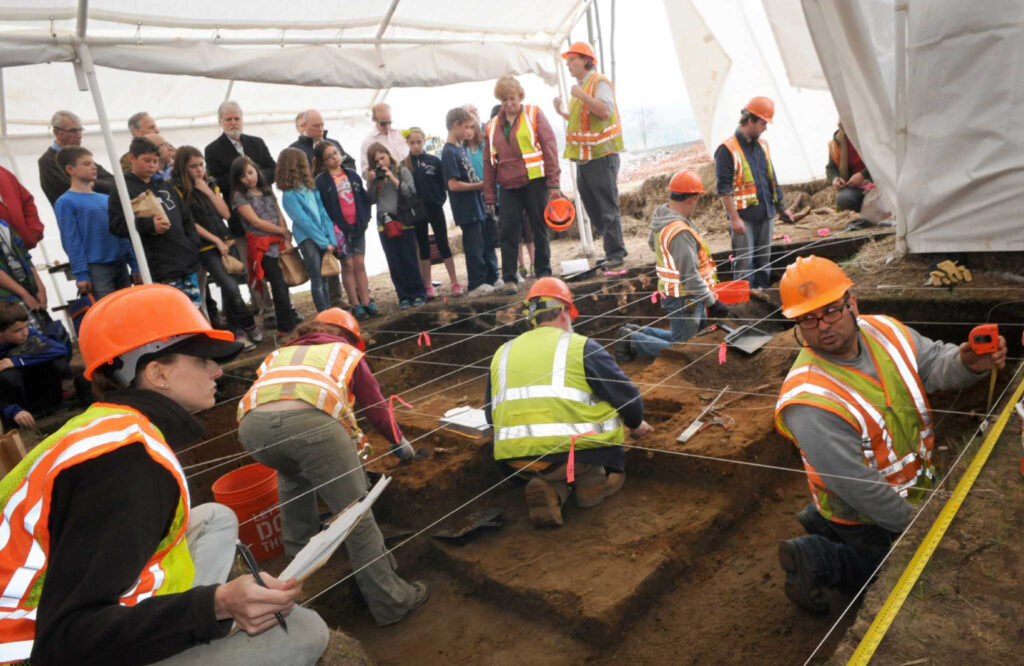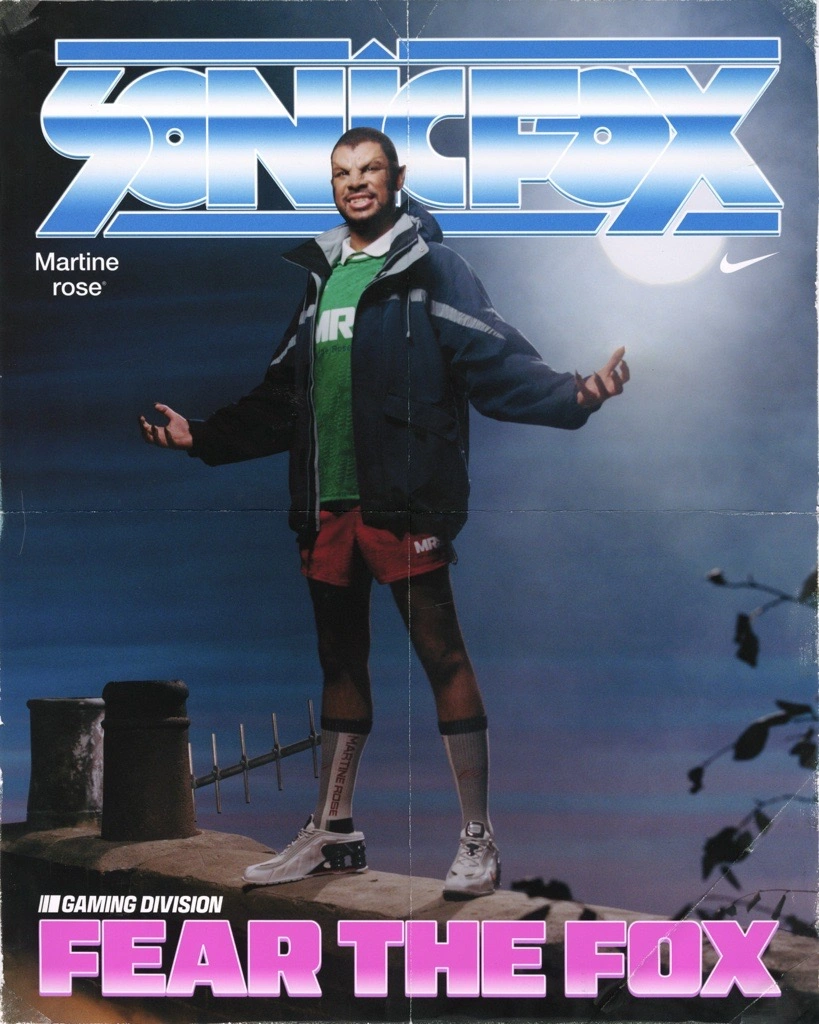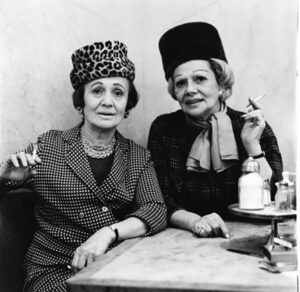In the rustling forests of Upstate New York, where campfire songs once echoed across calm waters and laughter rang through wooden bunks, the land remembers. Beneath every leaf, every cracked foundation, every moss-covered signpost lies a deeper story—one of community, identity, displacement, and memory. Among these places, Greenkill stands out not just for what it was, but for what it has come to represent: a crossroads of heritage, abandonment, and buried history.
A Century in the Pines: YMCA Camp Greenkill
For more than 100 years, YMCA Camp Greenkill was not just a summer destination—it was a sanctuary. Nestled in Huguenot, NY, across 1,100 acres of forests, lakes, and highland clearings, Greenkill began in 1918 and grew into the YMCA of Greater New York’s only overnight camp. It wasn’t merely a collection of cabins and canoes; it was a living classroom, a retreat, a stage for formative summers.
Greenkill was split into three main sub-camps:
- Camp Greenkill, the central hub, served as a multi-season space for outdoor education, retreats, and leadership development. Dormitories like Tall Pines and the eco-conscious Evergreen brought sustainability into the camp dialogue long before it was trendy.
- Camp McAlister, tailored for children aged 6–11, sat beside what used to be Lake McAlister, its dam eventually condemned and drained. What remained was the skeleton of a lake, a metaphor for time and decay.
- Camp Talcott, hosting older campers, circled Sand Pond, the only natural lake on the grounds. For decades, kids splashed, swam, and formed lifelong bonds along its shores.
The closure of Greenkill in 2021, prompted by the financial pressures of the COVID-19 pandemic, marked the end of an era. Sold to the Wend Collective, renamed “Camp Reimagined”, and envisioned as a bold experiment in inclusive and innovative youth education, the site nonetheless shuttered again by December 2024. The land now waits—empty, yet saturated with stories.
Camps, Culture, and the Catskills: Layers Beneath the Surface
To understand Greenkill’s place in the American cultural memory, one must step back and view it within the broader landscape of the Catskills and its unique historical resonance—particularly for Jewish American identity.
The Borscht Belt: A Nation Within a Region
The early 20th century saw Jewish families in New York City and beyond barred from mainstream vacation resorts due to widespread antisemitism. In response, they carved out their own Eden: the Borscht Belt. Centered in the Catskills, this network of over 500 resorts flourished from the 1920s through the 1960s. Places like Grossinger’s, Kutsher’s, and The Concord weren’t just lodgings—they were cultural powerhouses, launching the careers of comedians like Jerry Seinfeld and Joan Rivers, and giving Jewish families a place to relax, reconnect, and breathe.
These resorts were places of performance—on the stage, at the dining table, and in daily life. They cultivated a distinct hybrid identity: proudly American, staunchly Jewish, and rooted in a diasporic nostalgia. Summer meant mahjong by the pool, dance lessons in the ballroom, and communal meals served with brisket and kugel.
But as air travel expanded and assimilation progressed, the Borscht Belt began to fade. By the 1970s and 1980s, the golden age was over. Children of former guests saw little reason to return. Many resorts crumbled. Some burned. A few transformed into Orthodox Jewish camps, Zen monasteries, or Buddhist retreats, sparking the ironic moniker of the “Buddha Belt.”
Greenkill, while not part of the Borscht Belt proper, occupied its psychological border—functioning as both a continuation and reimagination of that legacy.
Archaeology of Absence: What Lies Beneath
Beneath every abandoned foundation in the Catskills is a potential archaeological site. Though Greenkill itself has not been formally excavated, nearby sites suggest that the land holds far older stories. In 2013, at Lake George, archaeologists unearthed Indigenous tools and arrowheads dating back 10,000 years, linking modern summer camps to ancient trade routes and settlements.
Such discoveries push us to reconsider places like Greenkill—not just as recent cultural spaces, but as layers of human habitation. Who camped here before YMCA tents were pitched? What stories lie beneath the trailheads and beneath the sand of Sand Pond?
In this sense, Greenkill becomes a palimpsest—a manuscript rewritten over and over but never entirely erased.
Ghost Camps and Echo Chambers: The Haunting of Greenkill
When a camp dies, it doesn’t disappear. It lingers.
Abandoned basketball courts, crumbling mess halls, and faded signs become totems. Nature begins its reclamation: vines overtake cabins, insects nest in kitchen drawers, raccoons and deer patrol grounds once ruled by teenage counselors. Greenkill, like its Borscht Belt cousins, has entered this ghost phase—a haunting not of spirits, but of memory.
Young people once chanted songs here around fire circles. Now only the breeze whispers.
Yet, within this stillness lies a new form of cultural interest. Across the region, urban explorers and documentarians are flocking to decaying resorts. YouTube channels film slow pans of broken lounge chairs and graffiti-tagged walls. Instagram accounts resurrect sepia-toned snapshots. Jewish creatives in particular are reclaiming the Borscht Belt’s aesthetics—through theatre, film, cookbooks, and farm-to-table revivalist taverns in refurbished barns.
Some see decay; others see rebirth.
What We Choose to Remember
There is a cultural gravity to places like Greenkill. Even in absence, they pull at us—offering both a sense of loss and a challenge. What will we do with these abandoned legacies?
Will we let the forests consume them entirely? Or will we listen—to the wind through the trees, the creak of an old bunk door, the quiet call to remember?
To many, Greenkill was just a summer camp. But viewed through a wider lens, it becomes emblematic of a larger American story: of marginalization, resilience, reinvention, and reverence for the past.
The region’s Indigenous roots, its Jewish innovations, its post-industrial decline, and its modern archaeological intrigue all intersect here. Greenkill isn’t just land; it’s a cultural time capsule, and how we approach it—whether as developers, historians, or artists—says a great deal about what we value.
Reimagining the Reimagination
The brief post-closure revival of Greenkill as “Camp Reimagined” raises deeper questions. In theory, it represented a noble idea: how can we build future-forward camps that honor inclusivity, environmental sustainability, and personal growth?
But good intentions can’t always withstand logistical realities. Staff shortages, economic pressures, and dwindling institutional memory meant that by late 2024, the vision had faltered. The name remains. The buildings stand. But the dream waits.
This invites another layer of thought: how do we responsibly reimagine historical spaces? Is reinvention a form of preservation—or erasure? Does giving a site a new life mean writing over its past, or does it require a full reckoning with the stories embedded in its soil?
Impressive
In Upstate New York, Greenkill is both artifact and oracle. It tells us where we’ve been and dares us to ask where we’re going. Its abandoned cabins stand as monuments—not to failure, but to transition. Its quiet trails invite not just hikers, but seekers—those looking for meaning in what was left behind.
Either through the lens of Jewish American identity, archaeological curiosity, or youth cultural memory, Greenkill remains a site of significance. It’s a reminder that landscapes are not static. They speak. They remember. And if we listen carefully, they might just teach us how to live with our histories rather than apart from them.
So when you next find yourself driving through the tree-lined roads of the Catskills, keep an eye out for a broken sign, a rusted gate, or the faint outline of a trailhead. Greenkill—and places like it—are still out there.
No comments yet.









